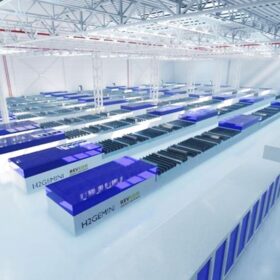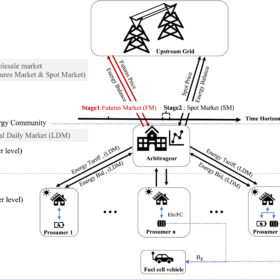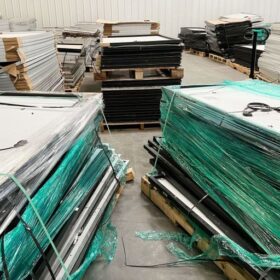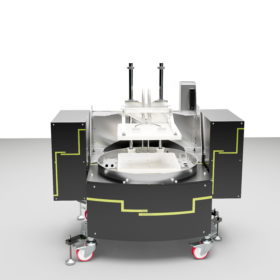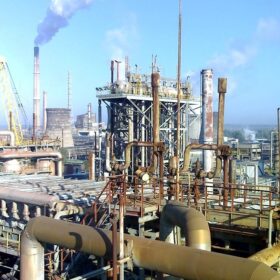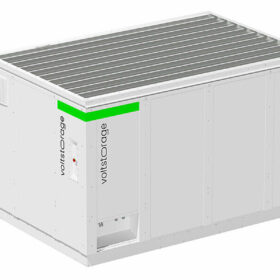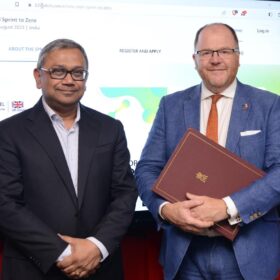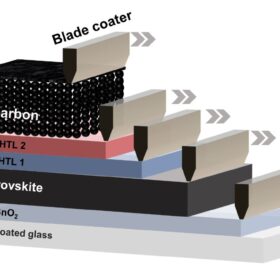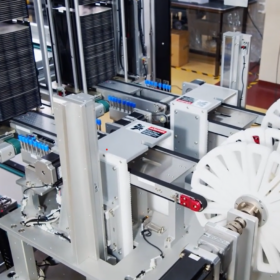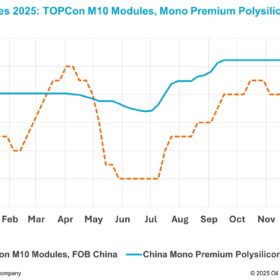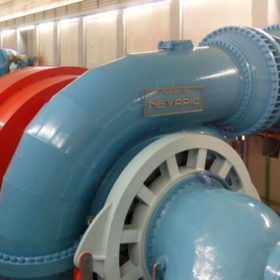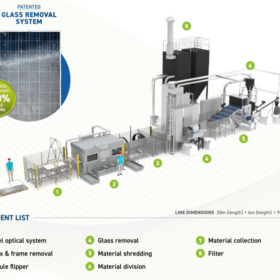Autonomous robots gaining traction with solar installers
Sarcos Robotics and Terabase Energy recently announced key business developments, underscoring how installation robots are increasingly moving from test centers to the field.
Revkor, H2 Gemini unveil plan to build 20 GW HJT perovskite cell, module factory in U.S.
The two companies are targeting to reach an annual production capacity of 20 GW by the end of 2025. Manufacturing activities are scheduled to begin in the second quarter of next year.
Energy communities operating on hydrogen, batteries
Researchers in Spain have studied the impact of hydrogen production and storage technologies in risk management for energy communities with internal price-tariff systems. They found that the optimal involvement in futures markets and spot markets will depend on a community’s risk aversion and self-sufficiency.
Australian team claims 99% recovery rate with solar recycling process
Engineers at the University of New South Wales (UNSW) have developed a new, more effective method to recycle end-of-life solar panels. The technique allows them to quickly and efficiently separate 99% of PV cell component materials.
IIT Kanpur, UK’s H.E.L to collaborate on battery testing
UK-based H.E.L Group will provide IIT Kanpur with the latest battery testing technology under a collaboration agreement signed with IIT Kanpur.
The Hydrogen Stream: Scientists use perovskite compound to store ammonia
Japanese scientists have developed an organic-inorganic halide perovskite compound for the chemical storage of ammonia (NH3), while Bosch is preparing to exhibit new products in the hydrogen value chain.
Addressing the intricacies of BIPV fire safety
The adoption of building-integrated photovoltaics (BIPV) has been hindered by the complexity of fire safety standards, creating challenges for manufacturers and suppliers. However, efforts such as the IEA PVPS Task 15 report and collaborative research have shed light on the importance of comprehensive guidelines, reliable testing laboratories, and international cooperation.
VoltStorage unveils vanadium redox flow battery for commercial use
Germany’s VoltStorage says its containerized 50 kWh vanadium redox flow battery solution can be scaled up to 500 kWh.
Tata Steel, UK to support low-carbon hydrogen projects for industrial decarbonization
The Indian steel giant, along with the UK government, has opened a call for innovative projects in low-carbon hydrogen to decarbonize the industrial sector. Two selected projects will be awarded £80,000 (INR 83 lakh) and provided priority access to Tata Steel’s integrated steel plant.
Fully printed carbon electrode perovskite solar cell achieves 19.2% efficiency
German scientists have fabricated a carbon electrode perovskite solar cell with a hole-transporting bilayer made of organic semiconductors instead of a conventional hole transport layer. They claim this approach improves the device’s fill factor and open-circuit voltage.

